Company dancer Juliette Barton on juggling motherhood
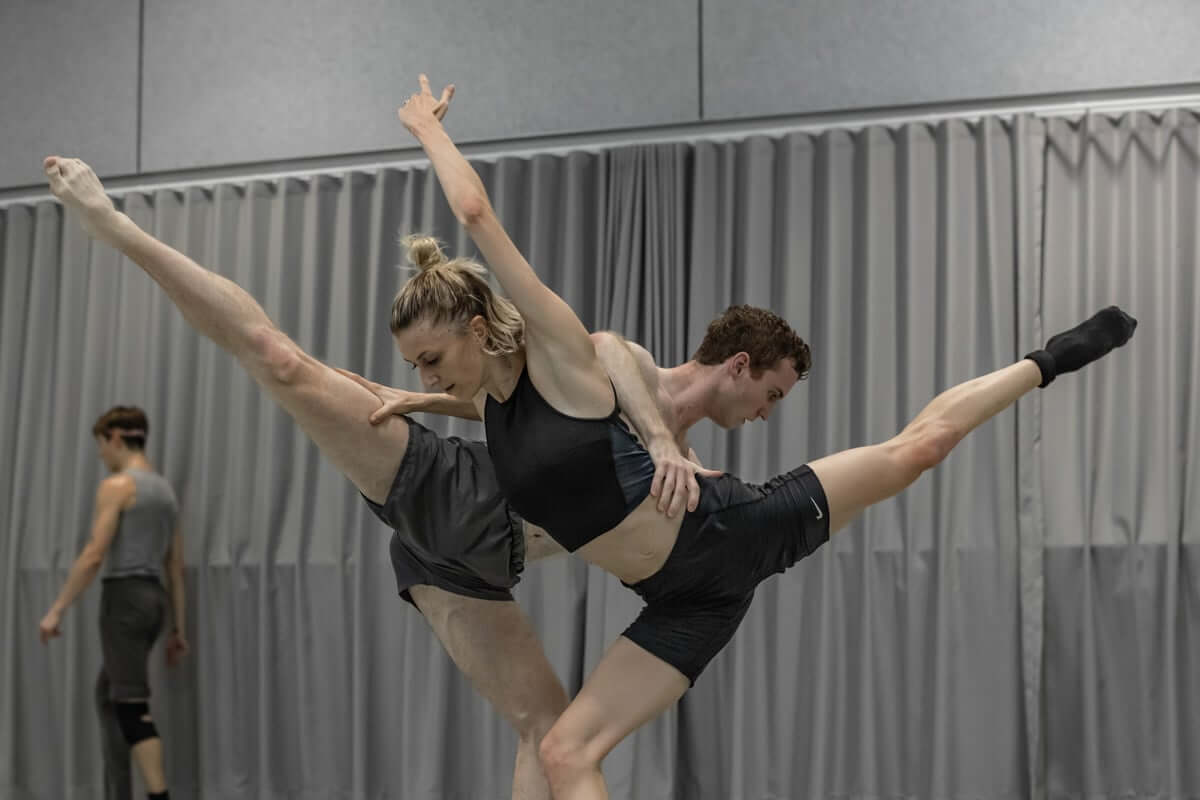

published
Photographer
“I am in awe of the infinite photographic possibilities with the human form. The body is the best canvas to paint on.”
This month we are celebrating Sydney Dance Company Resident Multimedia Artist Pedro Greig as we look back on ten years of esteemed contributions to Sydney Dance Company. As a multi-award-winning Director of Photography, Pedro has collaborated with Sydney Dance Company Artistic Director Rafael Bonachela and the dancers of Sydney Dance Company over the past decade, exquisitely capturing the rehearsal process and significantly furthering the creative vision of the company. We’re taking a moment to find out a little more about what makes him tick and why he loves shooting dance.
Sydney Dance Company and I first crossed paths when we were matched together in an Australia Council for the Arts’ Digital Era program; an initiative designed to give arts organisations access to skillsets that historically weren’t readily available to them. As a change-of-career move into the arts, I had applied for the program without knowing what the outcome would be and the move proved to be consequential.
In the beginning, both Rafael and I saw a similar benefit to breaking down the perceived barriers that contemporary dance had at the time, so I suggested we tell the story of the Company from behind the curtain and inside the studio. This was when Youtube and Facebook were still in their infancy, and no one in the arts was using these tools in that way, so doing this opened a lot of doors very quickly. When that was a success, we decided to continue the relationship which has kept evolving. Today, it is more about the opportunities that put the Company in a unique space.
I still vividly remember the day Rafael first invited me into the studio; I sat and observed while the Company worked on new choreography with Ezio Bosso playing the piano. The impression left on me from that experience was profound. It was the first time I’d seen such a large ensemble collaborating so fluently. What was happening in that room between the 16 dancers, Rafael and Ezio was all that mattered to them in that moment. I knew this level of group focus was rare and feeding off this clarity informed my own process from that point.
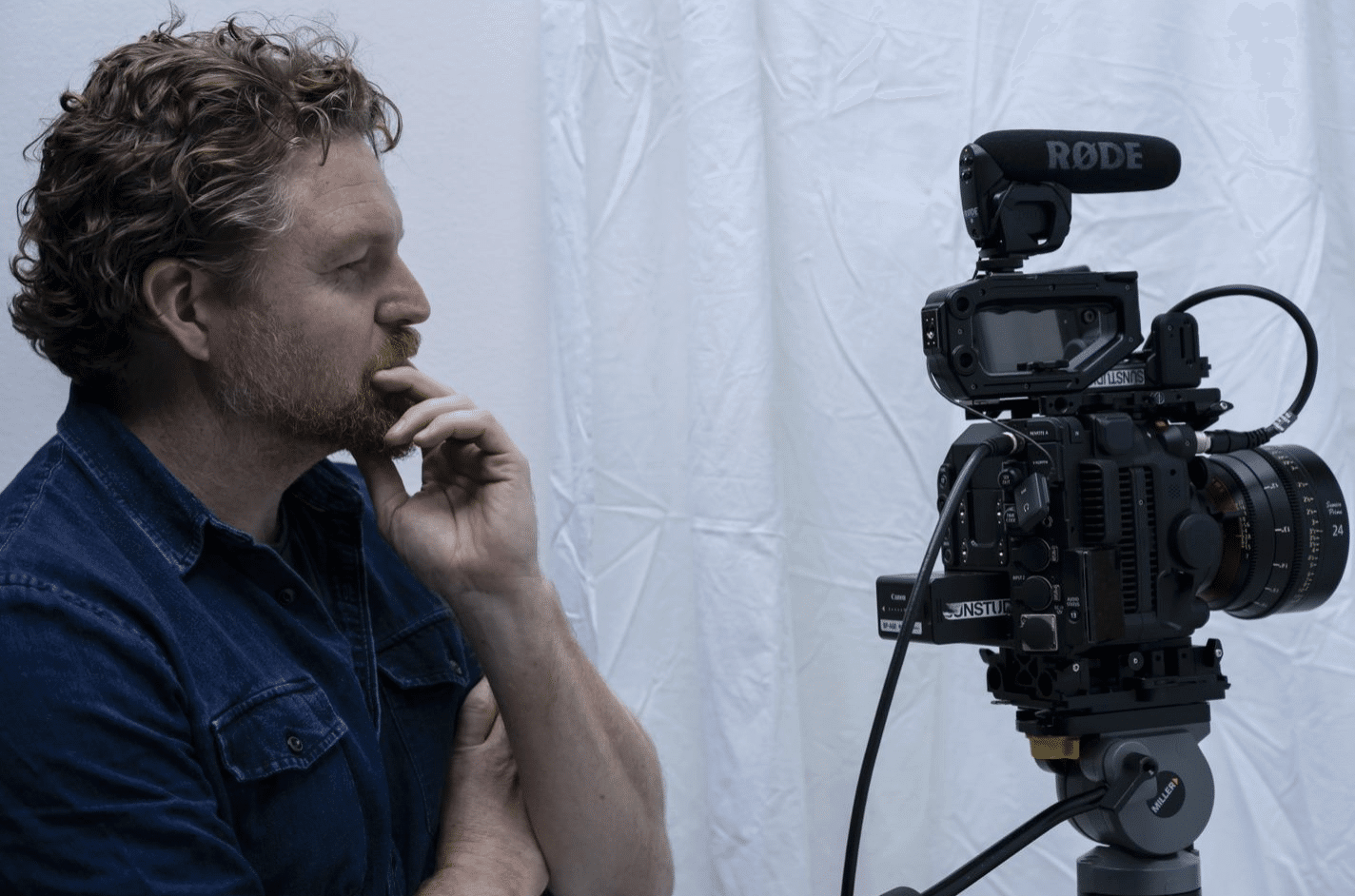
Photo credit: Rafael Bonachela
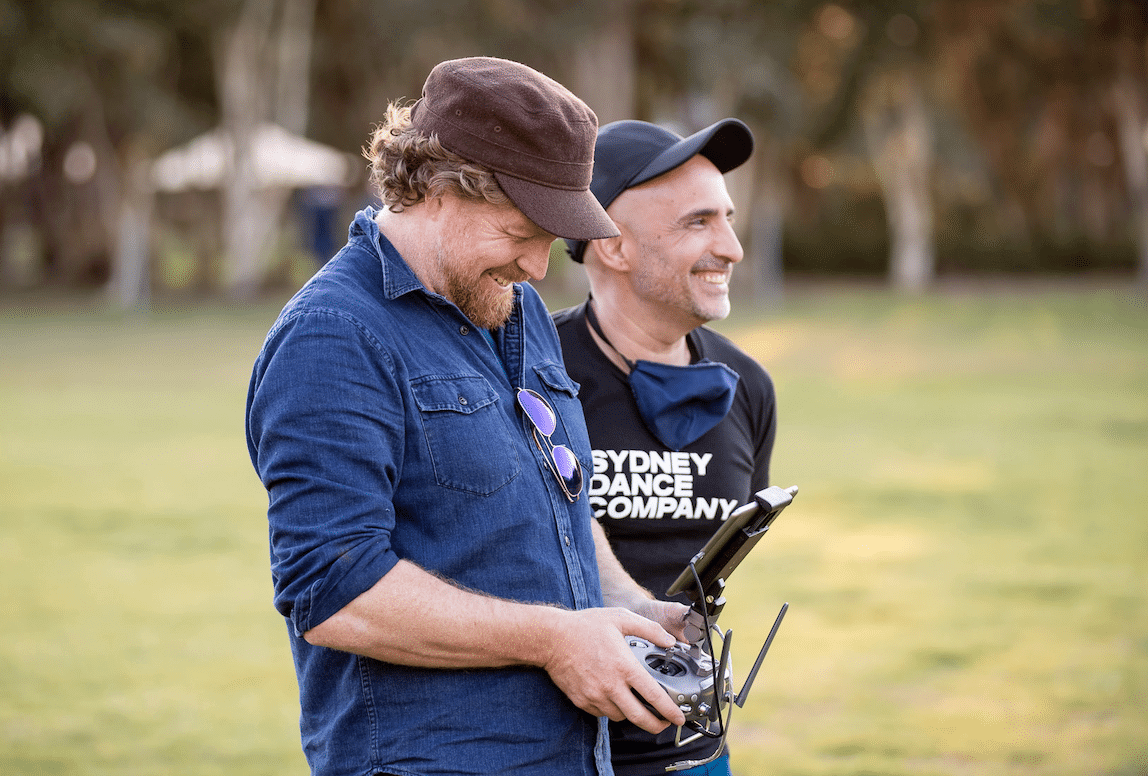
Photo credit: Daniel Boud
Our relationship has evolved over the years as I’ve found the ways to best represent Rafael’s or the Company’s work at any given time. It has been very organic, and I have always been thankful for being given lots of room to move. Everyone is respectful of the process and Rafael especially has always been open to ideas, affording me precious time with the dancers while they were either creating new work, in the theatre during a season, or out on tour. Quite often he would tell me where his head was at before he had a name or clear direction for a new work, which enabled me to spend time developing my own thoughts on how to extend the experience of that work beyond the stage.
It has also been a great experience watching Rafael’s curatorial approach to his Artistic Director role over the last decade. Bringing in guest choreographers has had a positive impact on both the Company’s diversity and the dance community in Australia as a whole. So, from spending many hours in the studio I’ve learnt a lot about other artist’s methods, along with the amazing expressive capabilities of the human body brought on by those guest artists.
Our process this year has been a little different because we’re operating in the medium of films until the Company is able to get back on stage. I’ve spent a lot of time developing spaces for Rafael to choreograph in and the dancers to perform in. We originally joked about them being virtual stages, which has turned out to be quite accurate given everyone was busting to unleash their creativity after not being able to perform in March.
My favourite season campaigns would have to be Untamed, ab [intra] and Season One 2019. Occasionally I spend time shooting with the dancers individually during the creation process or whilst on tour, and this is always enjoyable and rewarding too. Two of such shoots are from the creation periods of Anima and Ocho.
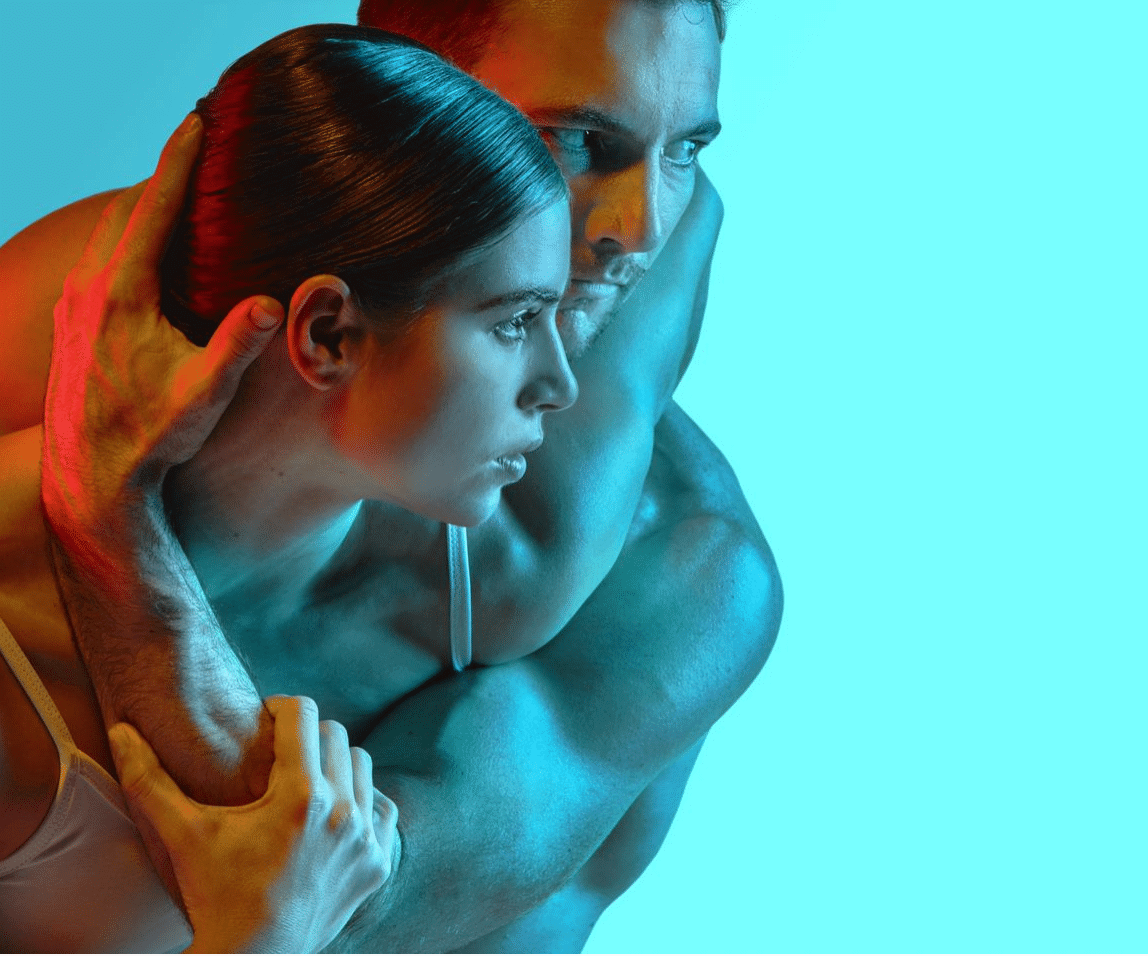
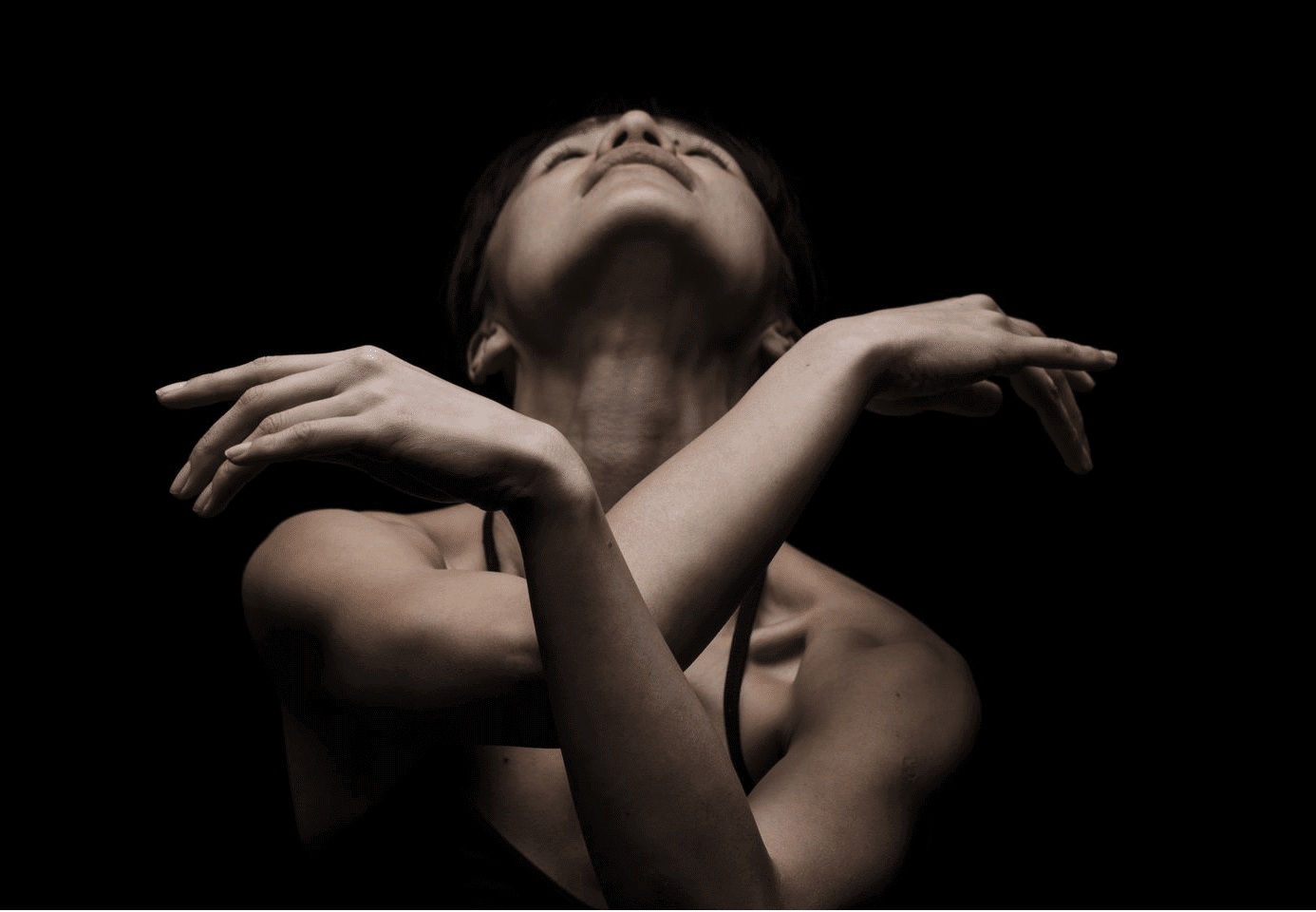
Because of the nature of this year however, I have had the opportunity to develop some film projects with the Company that wouldn’t have been possible on their normal schedule. Cuatro was a big one; building four worlds based on the challenges and stages we go through during isolation. This year has mirrored a lot of formative experiences I’d had in the past, so in a way being able to say “it’s ok, we’ll get there” was valuable.
I enjoy the collaborative aspect and the connection that grows between the artists during the process. This remains true whether it is me and one other dancer or a larger collaboration. I particularly revere the moment when I can get something from inside my head onto the screen and have the other artists feed off it to evolve the idea further. A good example is the shot of Izzac for the ab [intra] campaign; I was playing with a forced perspective that is hard to explain in words and to get the full effect I knew I needed movement with lots of body extension from the dancer, like a kick or travelling jump. After observing Rafael and Izzac warming up for the shoot, I asked Izzac to start with one of the kicks he was practising. We got that shot in the first three frames of the day, and it informed the rest of the shoot. Rafael’s reaction when it came up on screen said everything it needed to say.
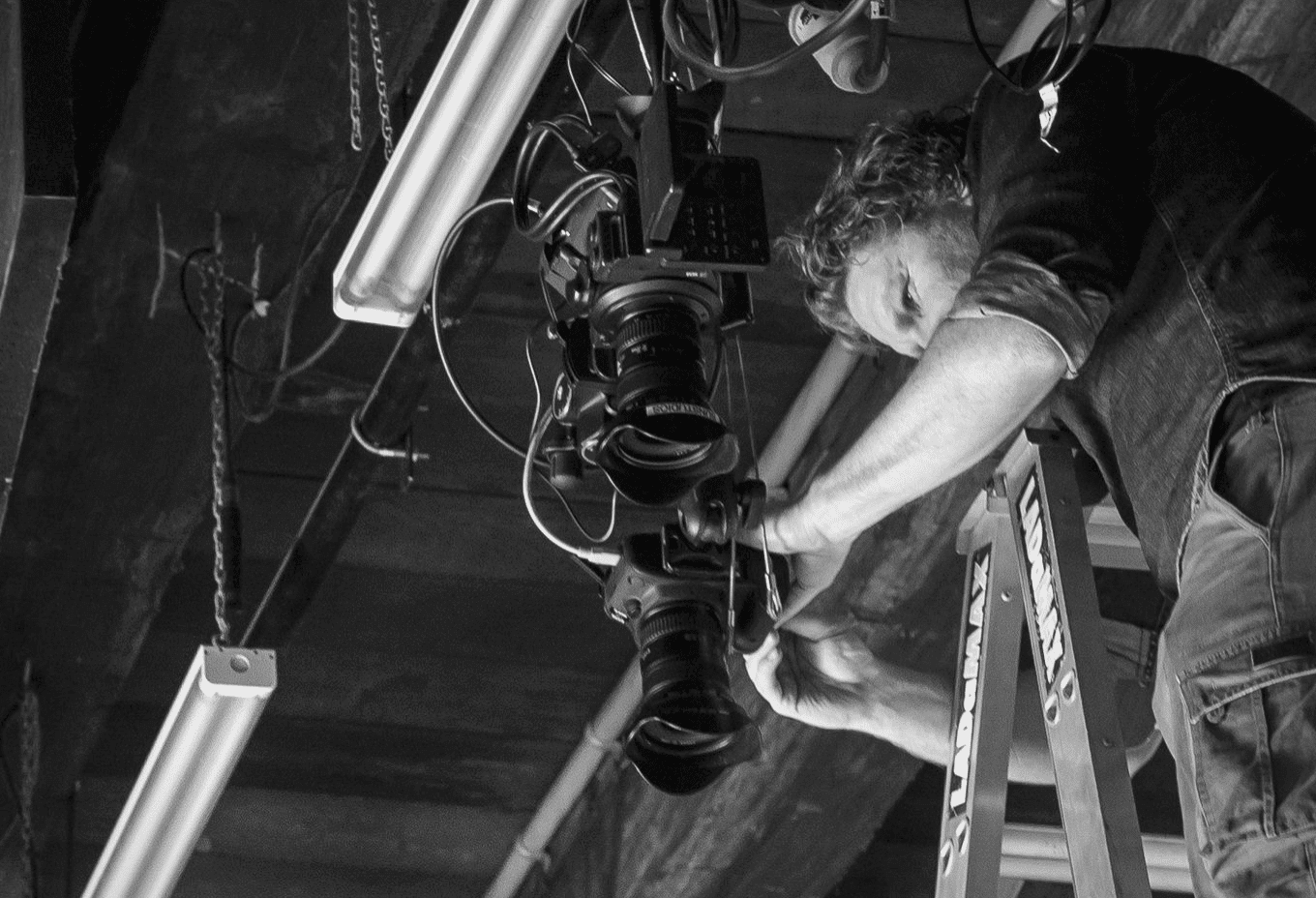
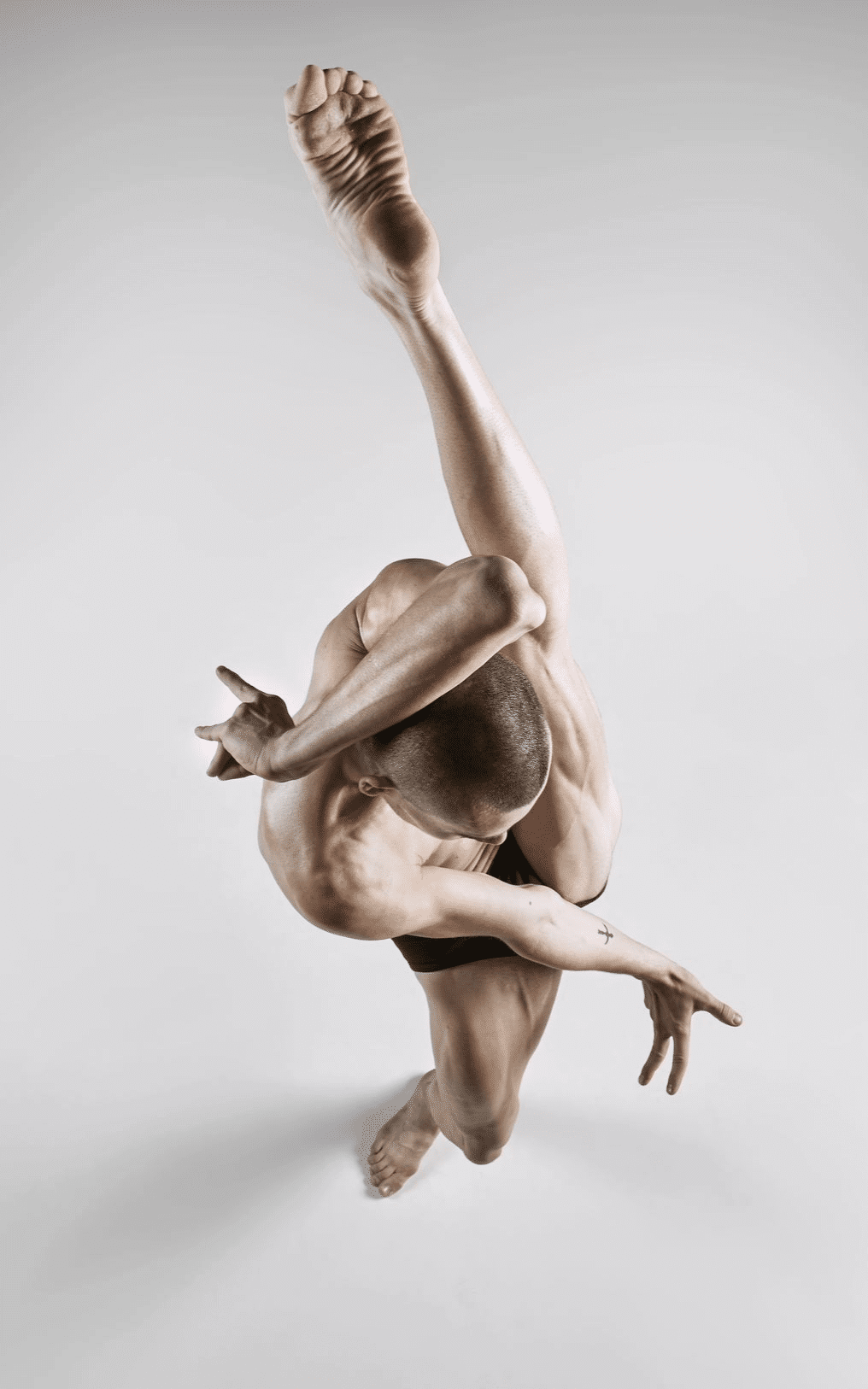
Photo credit: Samantha Charmi
I am in awe of the infinite photographic possibilities with the human form. The body is the best canvas to paint on; you can say so much with it and it can really become quite musical. Working regularly with other humans in this way also breaks down the broader notions that are created from how we’re directed to perceive our bodies, and instead focusses on it being a thing of remarkable strength and beauty no matter what shape, size, colour, or gender. Shooting dance has taught me that no two people are the same, physically or mentally, and there is no such thing as ‘normal’.